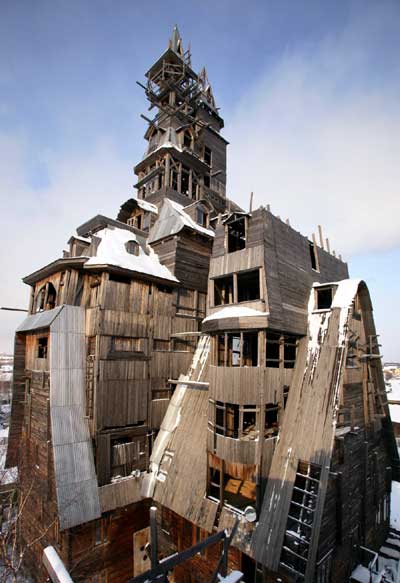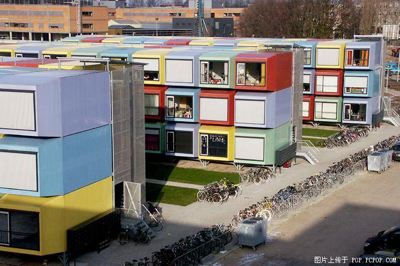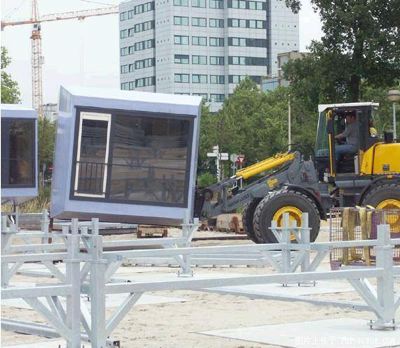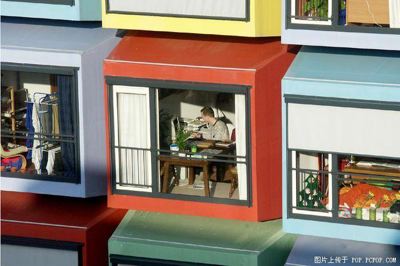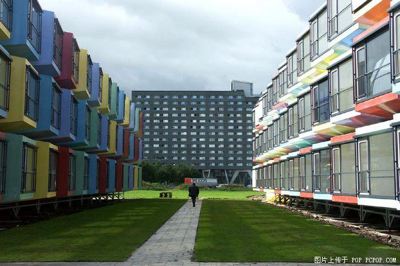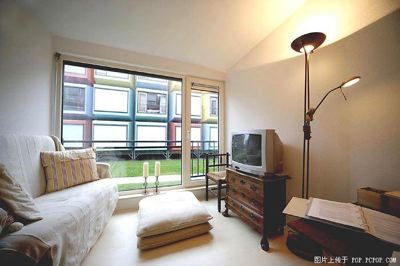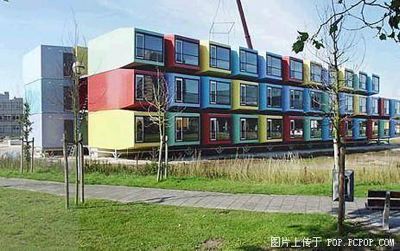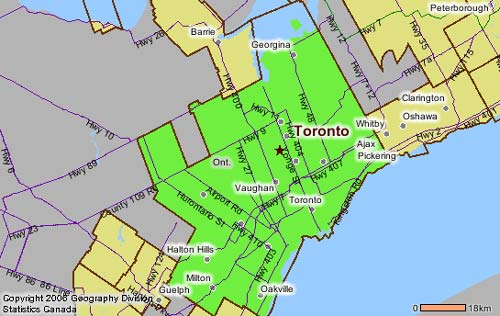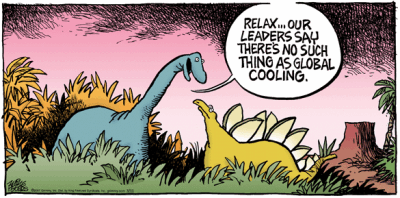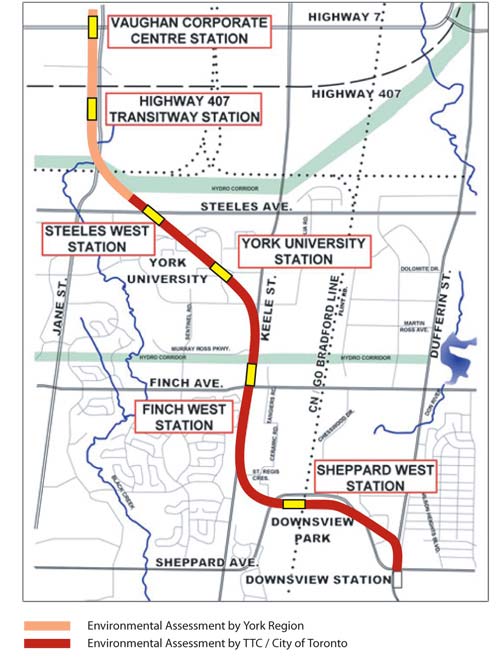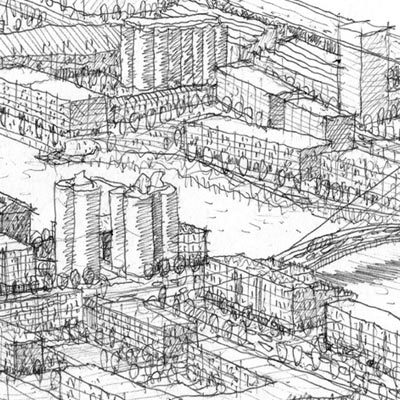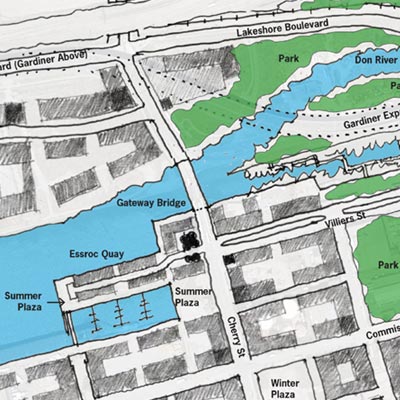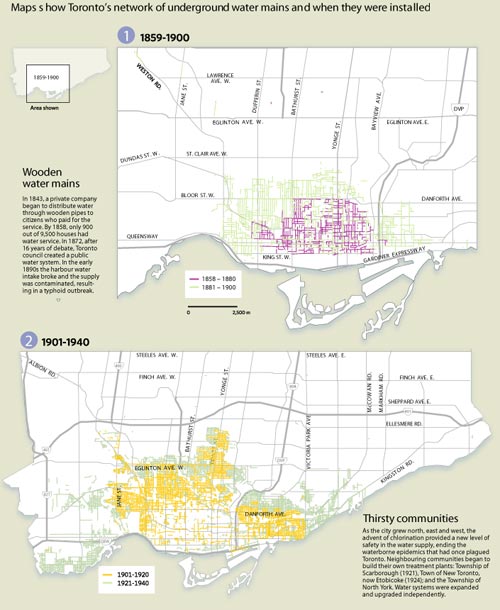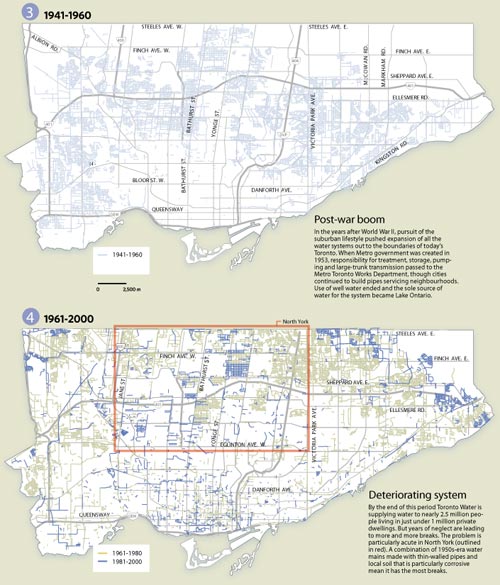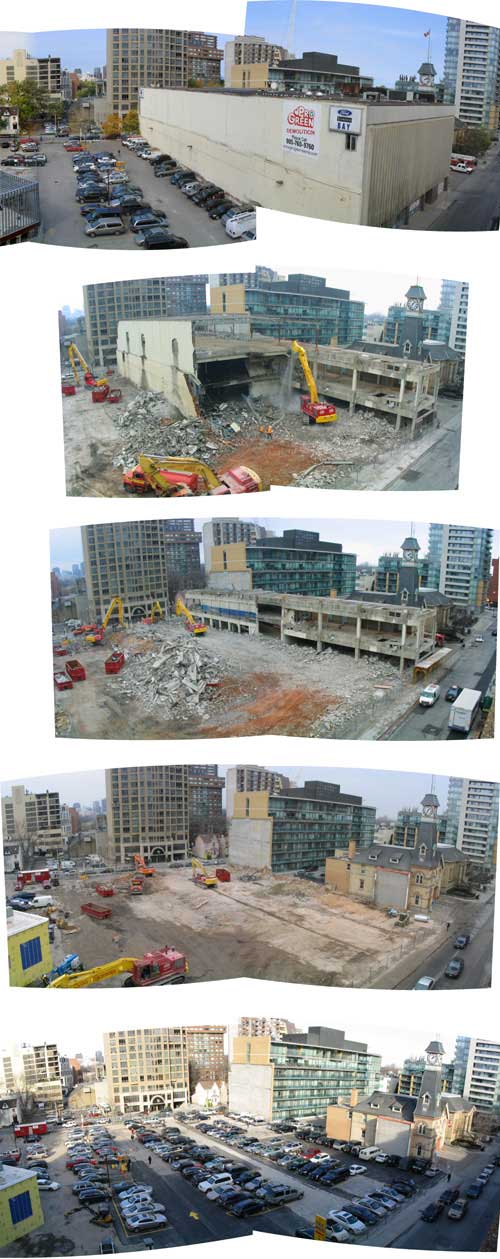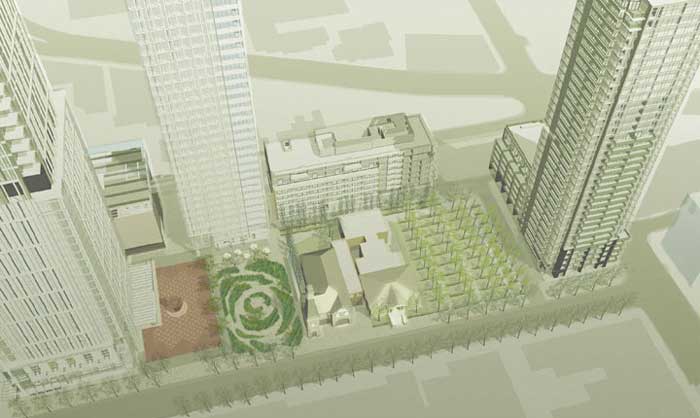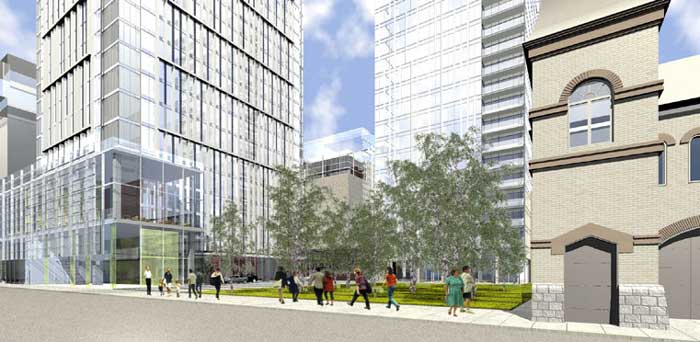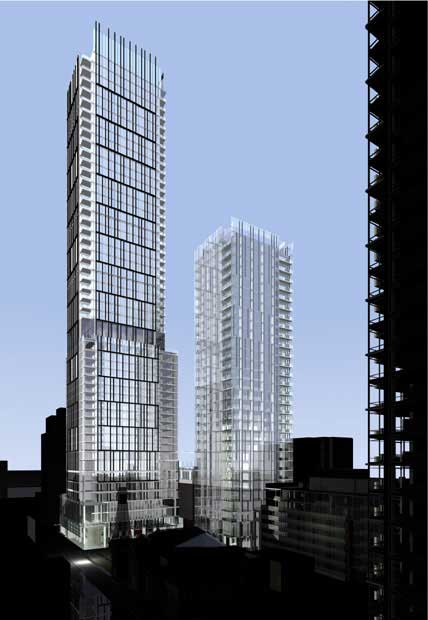World’s tallest wooden house
A friend just sent this around, and what a doozy! Props to Gaston!
Sutyagin House, Arkhangelsk, Russia
This imposing building is believed to be the world’s tallest wooden house rising 13 floors to reach 144ft. The house is also crumbling, incomplete and under threat of demolition from city authorities who are eager to end Nikolai Sutyagin’s 15 year project. Driven to inspiration by his formative years spent in a Soviet communal flat, Sutyagin felt lonely living by himself. Building began in 1992 and was only going to reach two stories high, however, convinced by a trip to see wooden houses in Japan and Norway, he decided he had not used enough roof space efficiently enough and decided to keep building. He firstly added three floors, but was not keen on the outcome, so he added more floors and just kept goind, he calls the finished project a “happy accident”. For the one-time gangster, who has spent four years in jail on racketeering charges, Nikolai Sutyagin’s home is certainly different. Not only would his house be a perfect love nest, but it could even accommodate the 18 executives of his construction company. Now penniless Sutyagin lives in four poorly heated rooms at the bottom of his wooden log cabin with his wife. Many neighbours consider the building a monstrosity, others feel it is a glorified barn, fire hazard and eyesore but Sutyagin is determined to save his building and has erected a roof around the second floor that he says allows him to claim that everything above is decoration.
Note the lookout tower for those pesky planners
